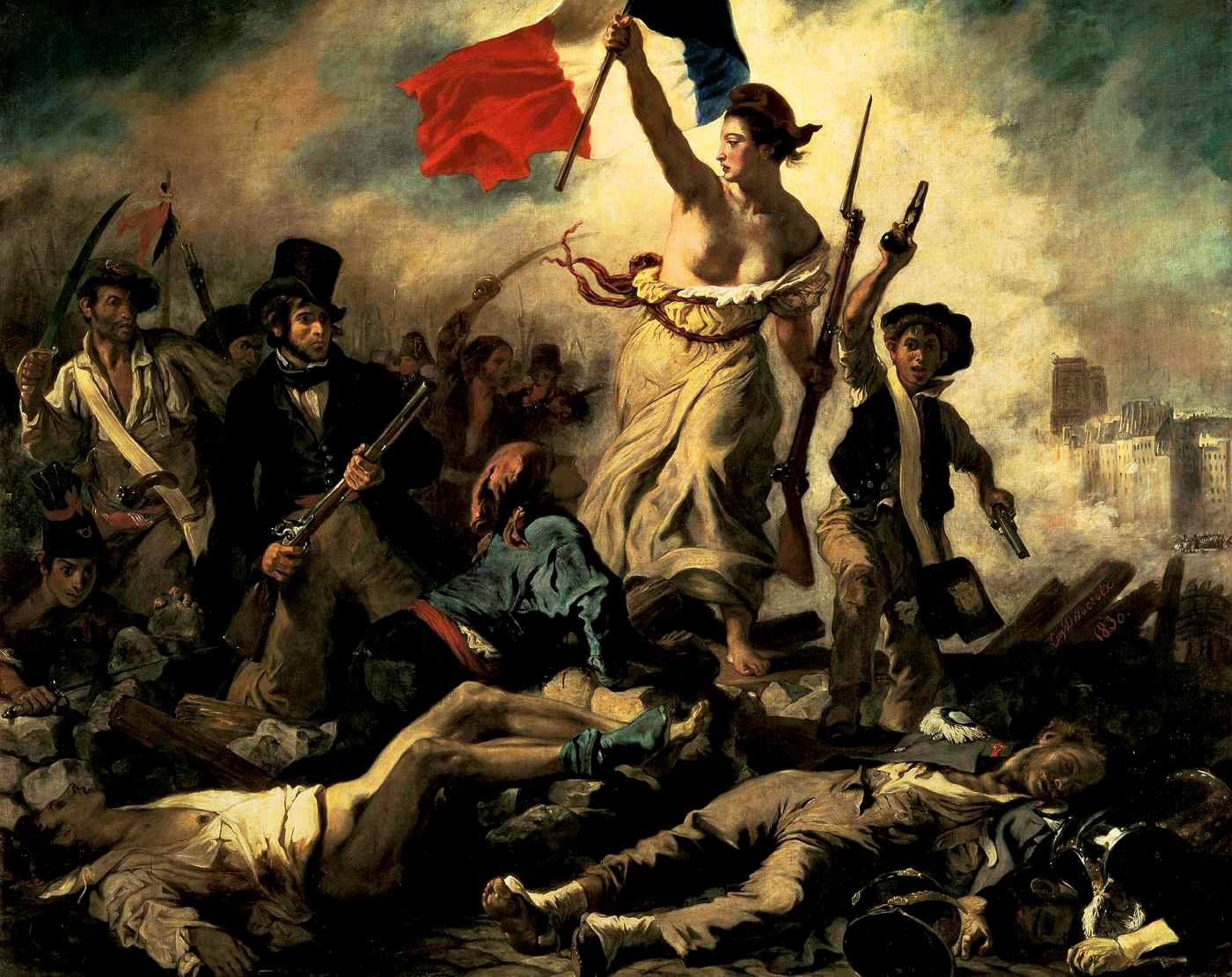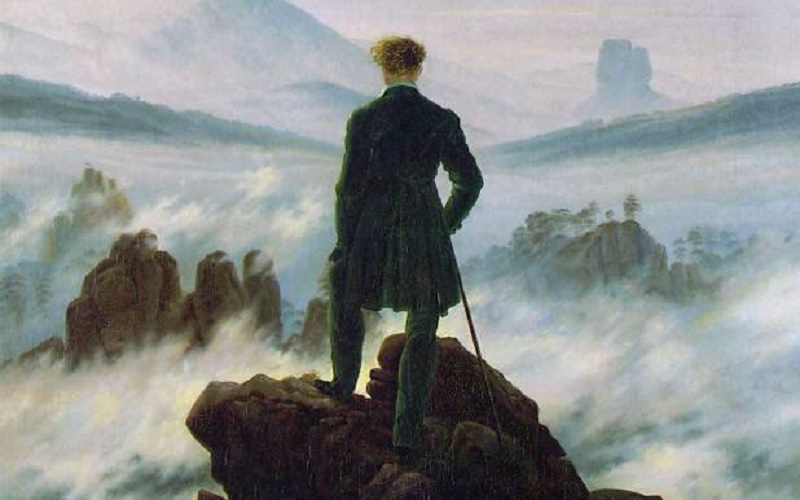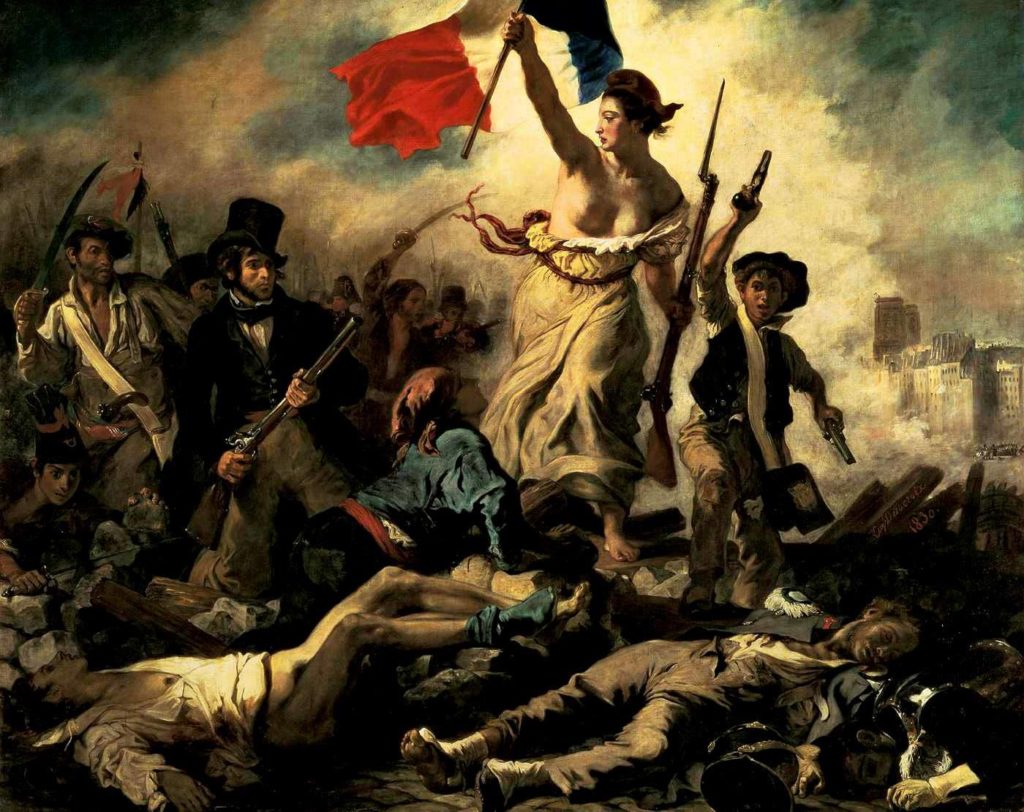Being a female writer and being respected is not easy, especially if it is 1800. Madame de Staël, however, has shown that she is courageous and not afraid of those who try to silence her, at the cost of ending up in exile. Let’s discover its history and its theories on the world of art and literature.
Who was Madame de Staël
Anne-Louise Germaine Necker, baroness of Staël-Holstein, known to all as Madame de Staël (Paris, April 22, 1766 – Paris, July 14, 1817), was a French writer. He grows up with his mother Suzanne Curchod and his father Jacques Necker, known for being Louis XVI’s finance minister. L’environment in which it grows is therefore aristocratic and from an early age he devoted a lot of attention to reading, also participating in literary salon held by the mother.
When she marries the Swedish baron and ambassador to the French government de Staël-Holstein, Anne-Louise decides to create a cultural circle which will achieve great success and will see well-known intellectual protagonists of the time.
He decides to devote himself to the literary career under the name of “Madame de Staël” and with this pseudonym he signs travel stories as in “Corinna or Italy”.
The exile in Switzerland and the travels of Madame de Staël
In 1800 the writer is exiled by the will of Napoleon Bonaparte who does not look favorably on the protestor. He moved to Geneva where he frequented well-known brilliant minds from political and literary backgrounds. In recent years he wrote “Of the literature considered in its relations with social institutions” a treaty in which he puts into action the thought of Montesquieu which foresees a separation between the literatures of different areas, opening the way to romantic poetics.

During his exile travels on the other hand for Germany by getting in touch with different authors including Goethe, Schlegel and Schiller, and for Italy where he meets Verri, Monti and Pindemonte. During this period he lays the “On Germany” treaty in which he rejects the classical canons to give space to spontaneous feeling. In the text she recounts the experiences of travels, including participation in German salons which leads her to reflect more and more on the debate between classicism and romanticism.
Madame de Staël and support for romance
The exile ends in 1814 when he has the opportunity to return to Paris following the fall of Napoelone. Here comes back to have the prestigious role owned in the past and to write treatises including “On the manner and usefulness of translations”. In this period the debate on the artistic production of the past as opposed to the present one reopens.

This can also be seen in articles published in the Italian Library in which he underlines his positions again responding to Pietro Giordani, a friend of Leopardi, who strongly supports Italian classicism. After writing her last thoughts in “Reflections on suicide” and “Considerations on the main events of the French Revolution, the writer died in Paris on July 14, 1817.
READ ALSO: Who was Emily Dickinson: story of the great American poet
READ ALSO: Who was Jane Austen: curiosity and private life of the British writer

